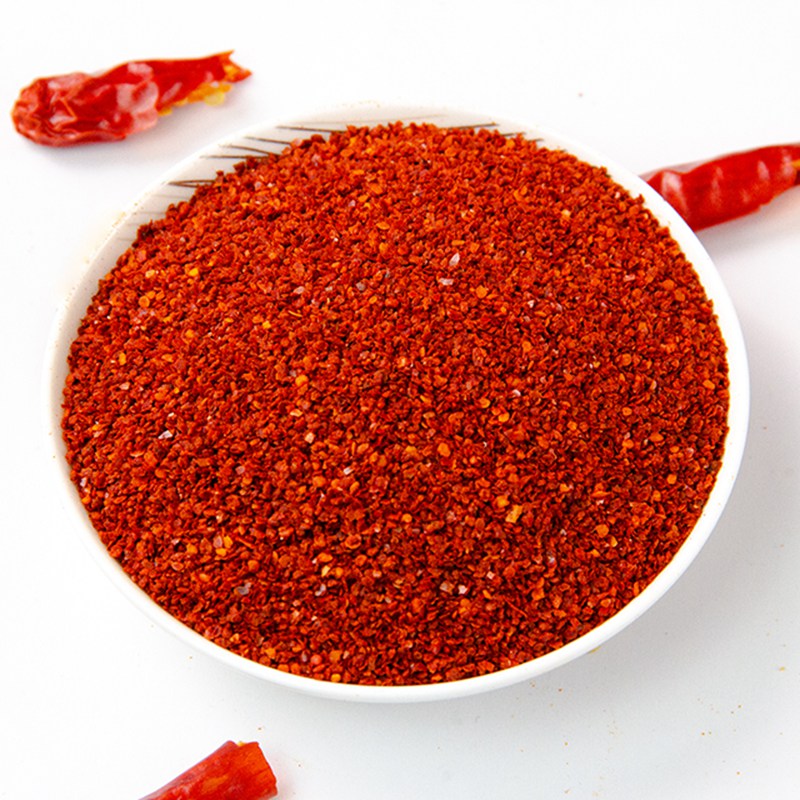Aug . 13, 2024 22:06 Back to list
Exploring the Rich Flavors and Uses of Korean Gochugaru in Local Cuisine and Beyond
The Journey of Korean Gochugaru A Culinary Staple
Gochugaru, the vibrant red chili pepper flakes, is an essential ingredient in Korean cuisine, renowned for its unique flavor and versatile use in various dishes. Derived from sun-dried, ground red chili peppers, gochugaru not only adds a vibrant color to food but also infuses it with a moderate heat and a hint of smokiness. The growing popularity of Korean cuisine around the world has brought renewed interest in gochugaru, leading to a burgeoning industry surrounding its production and distribution.
The cultivation of gochugaru peppers primarily occurs in Korea, where the climate and soil conditions are ideal for growing the specific pepper variety used for this beloved spice. Farmers painstakingly tend to their crops, ensuring that the peppers are harvested at peak ripeness. The process begins with the growth of the peppers, which are handpicked, washed, and then sun-dried to achieve the signature texture and flavor that gochugaru is celebrated for.
The Journey of Korean Gochugaru A Culinary Staple
One of the notable aspects of the Korean gochugaru market is the emphasis on high-quality, organic cultivation methods. Consumers are becoming more health-conscious and are leaning towards ingredients that are natural and free from pesticides. As a result, several gochugaru companies have adopted organic farming practices and have obtained relevant certifications, setting themselves apart in a highly competitive market. This commitment to quality not only appeals to health-conscious consumers but also helps promote sustainable farming practices.
korean gochugaru company

Gochugaru’s applications extend beyond traditional Korean dishes. As global culinary trends continue to evolve, chefs and home cooks alike are incorporating this flavorful spice into a variety of cuisines. From spicy marinades and barbecue rubs to salad dressings and even desserts, the adaptability of gochugaru has set the stage for its rise in global kitchens. Bloggers and food influencers are also contributing to its popularity, creating innovative recipes that showcase gochugaru's unique flavor profile.
The success of gochugaru companies is also fueled by the rise of Korean pop culture, notably the K-drama and K-pop waves. As Korean entertainment permeates global markets, so too does its cuisine. Many viewers are inspired by the mouthwatering dishes they see on screen, prompting them to seek out authentic ingredients like gochugaru to recreate their favorite meals at home.
Furthermore, gochugaru companies have harnessed the power of e-commerce to reach a wider audience. Through online platforms, consumers can easily purchase high-quality gochugaru from the comfort of their homes, ensuring that they have access to authentic Korean ingredients no matter where they reside. This accessibility has empowered a new generation of cooks to experiment with flavors they may not have previously considered.
In conclusion, the journey of Korean gochugaru is a testament to the intersection of tradition and modernity. As companies continue to innovate while preserving the rich heritage of gochugaru, this spice is poised to maintain its essential role in both Korean cuisine and the global culinary landscape. Whether enjoyed in classic Korean dishes or as a novel ingredient in fusion recipes, gochugaru is more than just a spice; it is a representation of culture, health, and evolving culinary practices.

